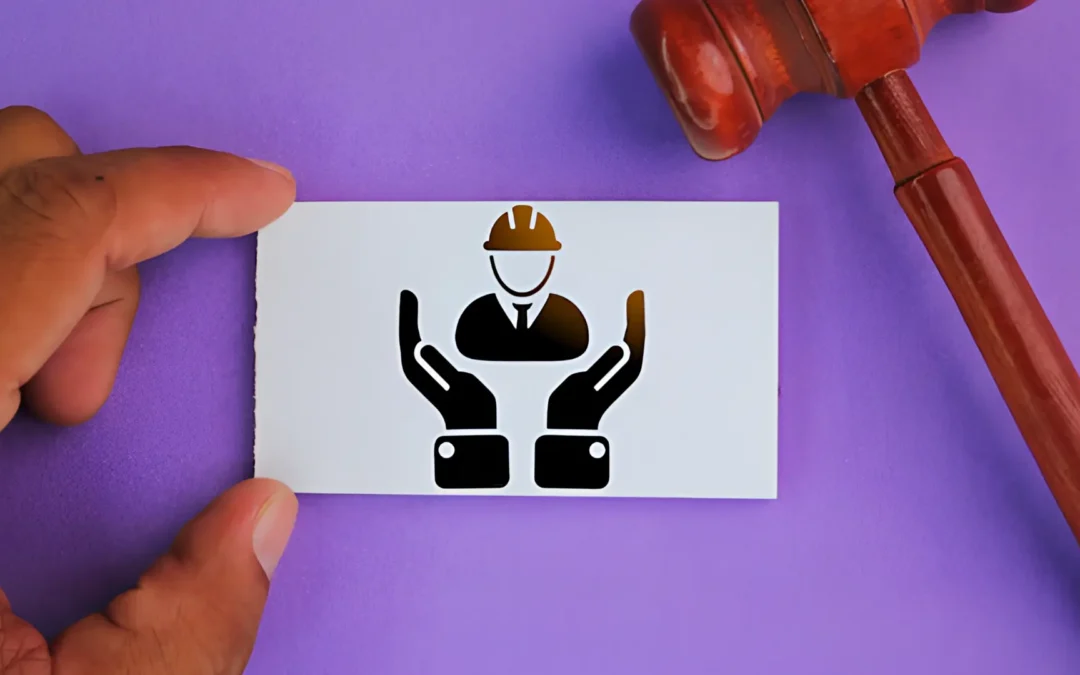Labour Law (Law No. 4857) The employer is obliged to assign tasks suitable for the employee’s qualifications. The job description must align with the employee’s education and competencies and be consistent with the employment contract. Employees cannot be forced to perform tasks not included in the contract.
Occupational Health and Safety Law (Law No. 6331) Job descriptions must be structured to minimize health and safety risks. In particular, for hazardous jobs, the precautions to be taken and the related training requirements should be included in the job description.
Vocational Qualifications Authority (VQA) Standards For certain professions, it is mandatory to comply with the standards set by the VQA. Job descriptions in these fields must be prepared in accordance with the relevant qualification criteria.
3. Job Description Preparation Process By following the steps below, businesses can ensure legal compliance and improve operational efficiency:Conduct a Job Analysis A job analysis must be carried out before preparing the job description. This analysis defines the knowledge, skills, and experience required for the role, and clarifies the employee’s position within the team.
Define the Components of the Job Description Job Title and Scope: Clearly state the title and general scope of the job. Responsibilities and Duties: Define the key tasks the employee will perform in detail. Authority and Reporting Lines: Clearly indicate the employee’s decision-making authority and reporting structure. Working Conditions: Outline work location, hours, travel requirements, and physical conditions. Performance Criteria: Specify the objectives and performance evaluation criteria expected of the employee. Training and Development: Mention the training and development opportunities necessary for the employee’s success.
Consider Employee Qualifications The job description must be compatible with the employee’s level of education, experience, and competencies. This alignment is essential for accurate candidate selection.
Ensure Flexibility and Updatability Job descriptions should be adaptable to organizational needs and evolving conditions. They should also allow room for employee development.
Obtain Employee Confirmation The finalized job description must be presented to the employee for review and signed for acknowledgment. This provides legal assurance for both parties.
4. Other Important ConsiderationsOccupational Health and Safety Job descriptions must not compromise the health and safety of employees. Preventive measures and required training for risky tasks should be clearly stated.
Non-Discrimination and Equality Descriptions must not contain any discriminatory language based on gender, age, religion, language, or race. According to the Labour Law, the employer is required to treat employees equally.
Performance Evaluation Criteria The job description should include the criteria by which the employee’s performance will be assessed. These criteria clarify the goals and success metrics.
5. Why Should Job Descriptions Be Written and Formalized? Job descriptions must be documented in writing and attached to the employment contract. This ensures legal protection for both the employer and the employee, and helps prevent potential disputes. 6. Effective Job Descriptions Strengthen Business Processes In Türkiye, legal regulations, job analysis, employee qualifications, and occupational health and safety rules must be considered when preparing job descriptions. It is essential that descriptions are clear, comprehensible, and open to revision when necessary. They must also be formalized with the employee’s approval. This ensures that the obligations of both employer and employee are well-defined. Properly prepared job descriptions create a harmonious working environment, increase employee engagement, and boost business efficiency. Therefore, job descriptions should be one of the top priorities for businesses. See you in our next article!
